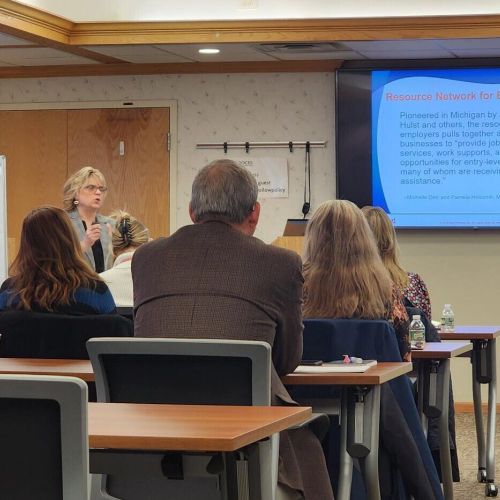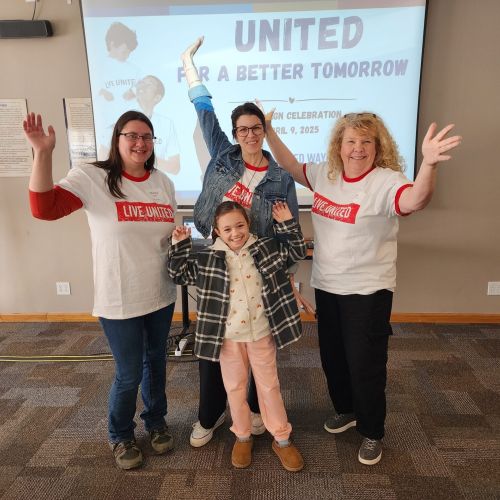WHO IS ALICE?

ALICE IN NORTHERN NEW YORK:
WORKING HARD BUT STRUGGLING TO SURVIVE
WHO IS ALICE?
ALICE workers are essential to keeping the economy running. They are childcare providers, nursing assistants, retail workers, office clerks, security guards, food service workers, delivery drivers, and more. These workers play vital roles in our community, yet too often, their paychecks don’t stretch far enough to provide stability.
ALICE households are diverse: families with children, single parents, seniors, and young adults just starting out. When we combine ALICE households with those living in poverty, nearly half of all families in our region are struggling to afford basic necessities like housing, food, transportation, health care, and child care.
The Federal Poverty Level (FPL) sets a baseline income used to determine eligibility for public assistance, but it falls well below what it actually takes to cover the cost of living in our region. That’s why ALICE families, despite working hard, often earn too much to qualify for help and yet too little to achieve stability. This leaves them vulnerable to falling into poverty.
By the Numbers: Families Living on the Edge
12% of households live below poverty
34% are ALICE
12% of households live below poverty
27% are ALICE
22% of households live below poverty
28% are ALICE
The data from the “The State of ALICE in NY: 2025 Update on Financial Hardship” highlights a widespread struggle for stability.

The Realities for ALICE Families
- Rising Costs: The cost of living continues to outpace wage growth, making it increasingly difficult for ALICE households to afford basic necessities.
- Wage Growth Lagging: Many jobs in our region do not pay enough to meet the cost of living, leaving workers financially vulnerable.
- Financial Instability: Without sufficient income, ALICE households often lack savings, making them one unexpected expense away from financial crisis.
- Limited Access to Assistance: ALICE families often earn too much to qualify for traditional public assistance programs, despite struggling to cover basic necessities.
THE COST OF FALLING BEHIND:
Workforce Instability
High turnover rates among ALICE workers lead to increased training costs and decreased productivity for employers.
Lack of Child Care
Many parents face challenges securing affordable childcare, impacting their ability to maintain consistent employment.
Housing Insecurity
ALICE households often spend more than 30% of their income on housing, leading to financial strain and instability.

What United Way Is Doing
Support Network:
We work with local agencies to fill service gaps and provide targeted support for ALICE families.
Employer Collaboration:
We partner with employers to identify workforce trends, develop strategies for increasing retention, and share best practices that support both workers and businesses.
211 Referral Line:
With 24/7 access, families are connected to local programs that can help with individual needs.
Awareness & Advocacy:
We educate the community on the challenges of ALICE through specialized trainings like Bridges out of Poverty and Getting Ahead in the Workplace and encourage policies that help build stability for ALICE workers.
HOW YOU CAN HELP
Donate:
Support programs that provide financial coaching, job training, and essential resources to ALICE households.
Advocate:
Raise awareness about ALICE and the need for policies that promote living wages, affordable childcare, and accessible housing.
Volunteer:
Get involved with United Way initiatives that help ALICE families achieve financial stability.

United, we can build a stronger, more resilient community where hard work leads to financial security—not continued struggle.